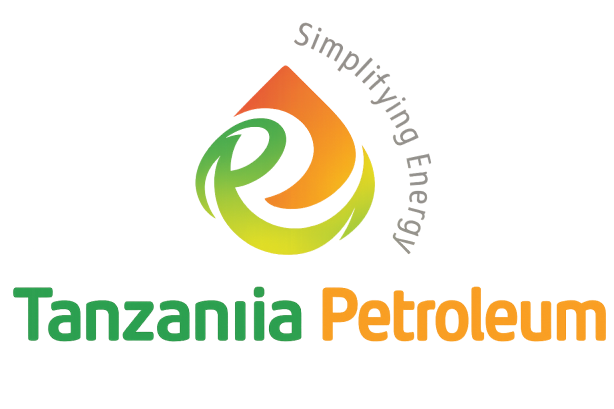Selecting the right location for your petrol station is one of the most critical decisions you will make as an entrepreneur.
The success of your business can heavily rely on factors such as visibility, accessibility, and the surrounding market environment. In this article, we will explore the key factors you should consider when choosing a location for your petrol station in Tanzania, helping you maximize your chances for success.
1. Traffic Volume and Patterns
One of the first considerations when choosing a location is traffic volume. High traffic areas are essential for attracting customers, as more vehicles passing by means more potential sales.
Main Roads and Highways: Consider locations near major highways or arterial roads where vehicle flow is consistent. These areas typically have higher visibility and customer traffic.
Urban vs. Rural Areas: While urban locations may have more competition, they also offer a larger customer base. Rural areas may have less competition, but traffic volume could be lower, affecting sales.
2. Visibility and Accessibility.
Your petrol station must be easily visible and accessible to drivers to maximize footfall.
Signage and Branding: Ensure that your station can be easily spotted from a distance. Effective signage and branding can attract attention and encourage drivers to stop.
Entry and Exit Points: Evaluate the ease with which customers can enter and exit your petrol station. Complicated access points can deter potential customers, even in high-traffic areas.
3. Proximity to Competitors
While competition can be beneficial, you must evaluate how close you want to be to rival petrol stations.
Competitive Analysis: Research existing petrol stations in your area. Are they offering similar services? If so, consider what unique selling propositions (USPs) you can provide to differentiate your station.
Co-location Benefits: Being near other petrol stations can sometimes benefit your business by creating a “fuel stop” area where customers expect to find multiple options. Just ensure your station offers something different, like better pricing or additional services.
4. Local Demographics and Customer Base
Understanding the demographics of your target market is crucial for the success of your petrol station.
Population Density: Higher population density typically correlates with increased demand for petrol and associated services. Look for areas with a growing number of vehicles and a young, active population.
Consumer Behavior: Research the habits and preferences of local consumers. Do they prioritize convenience? Are they more likely to use a petrol station that offers additional services like a convenience store or car wash?
5. Zoning Regulations and Legal Considerations
Before settling on a location, ensure that it complies with local zoning regulations.
Permitted Uses: Verify that the land is zoned for commercial use, specifically for operating a petrol station. Contact local authorities to confirm the zoning requirements and any restrictions.
Environmental Regulations: Understand any environmental regulations that may affect the operation of a petrol station, such as regulations on fuel storage and waste disposal.
6. Infrastructure and Utilities
Access to essential infrastructure and utilities is critical for the smooth operation of your petrol station.
Road Condition: Assess the condition of the roads leading to your petrol station. Well-maintained roads encourage customer visits.
7. Future Development and Growth Potential
Consider the potential for future growth in your chosen location.
Urban Development Plans: Research any planned developments in the area, such as new residential complexes or commercial projects. These developments can increase your customer base and sales potential.
Long-Term Trends: Look for locations in areas expected to grow in the coming years. Investing in a location with growth potential can pay off significantly in the long run.
8. Additional Services
Offering additional services can help differentiate your petrol station and attract more customers.
Mini supermarket : A well-stocked supermarket can boost revenue and encourage customers to stop even if they don’t need fuel.
Car Wash and Maintenance Services: Consider adding services like car washes, oil changes, or minor repairs to attract more customers and increase overall sales.
Final Thoughts: Your Roadmap to Location Success.
Choosing the right location for your petrol station is a critical step that can significantly impact your business’s success. By considering factors such as traffic patterns, visibility, local demographics, zoning regulations, and growth potential, you can make a well-informed decision that sets your business up for long-term success.
If you’re ready to explore potential locations for your petrol station or need assistance with any aspect of your business planning, reach out to us. We can help you navigate the complexities of starting your petrol station in Tanzania, ensuring you make the best decisions for your entrepreneurial journey!






